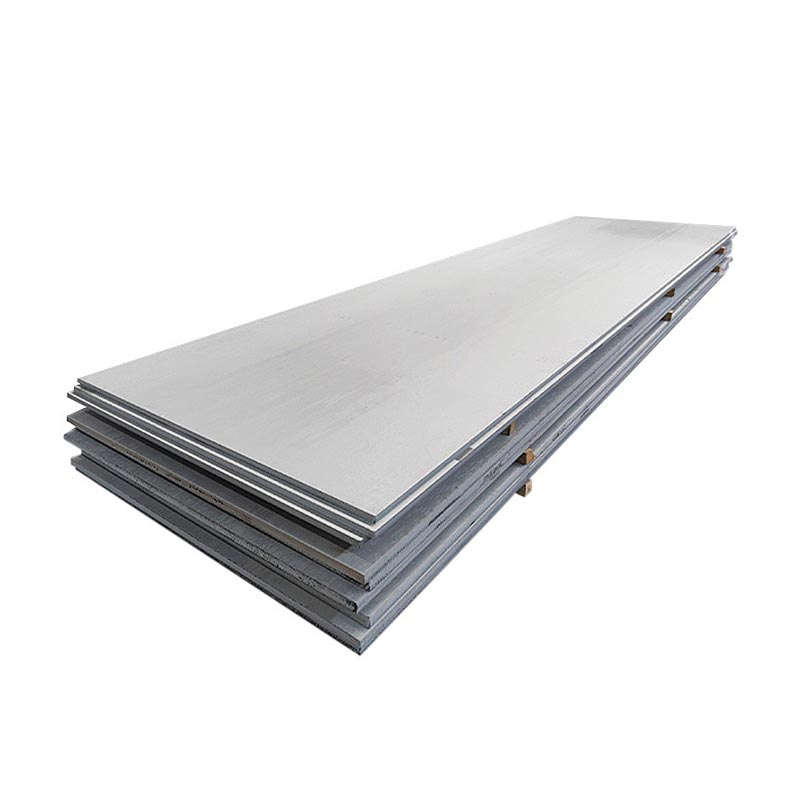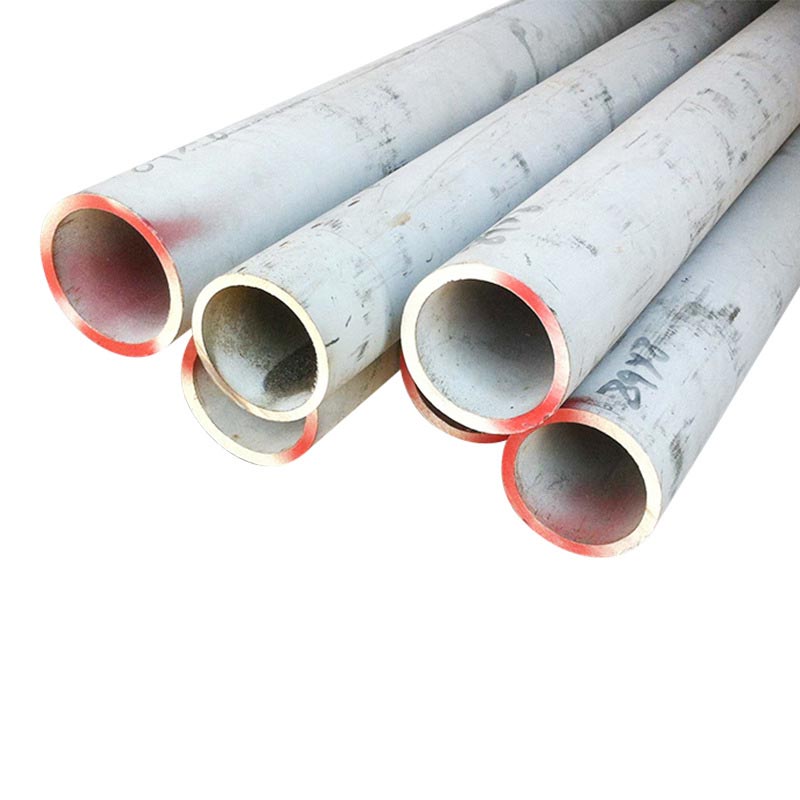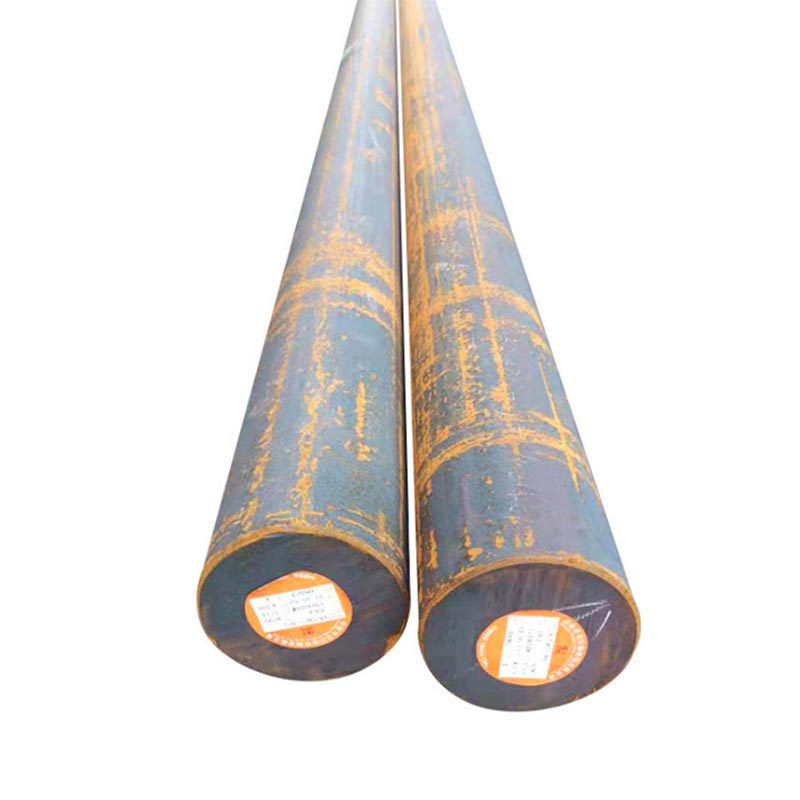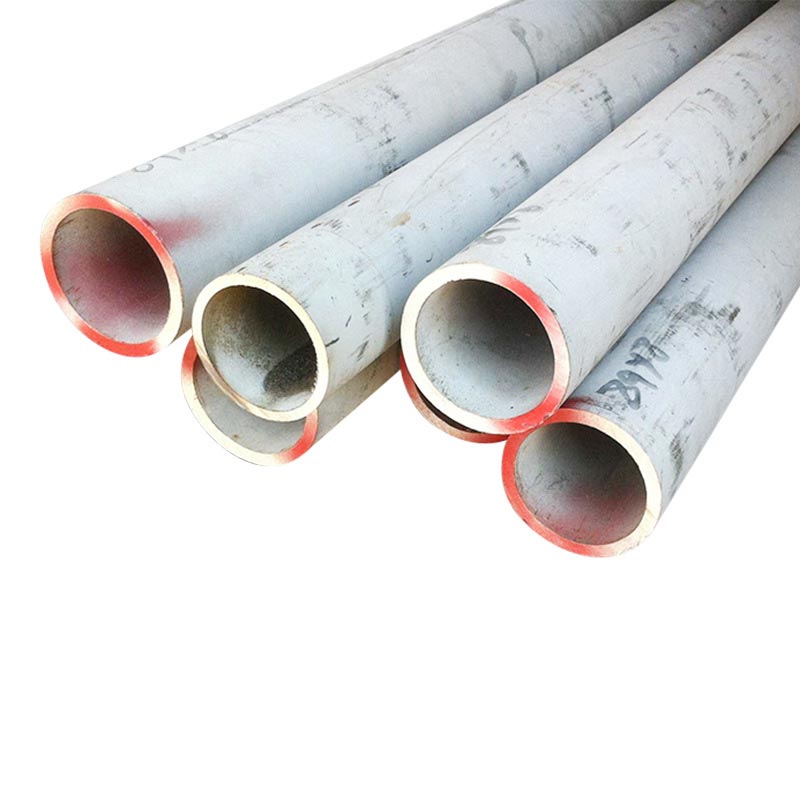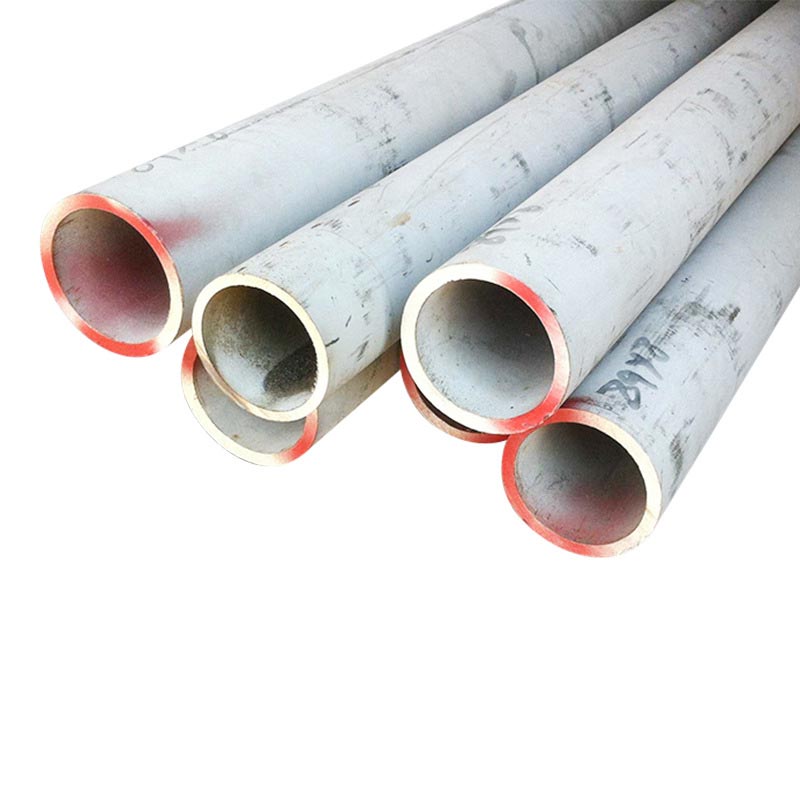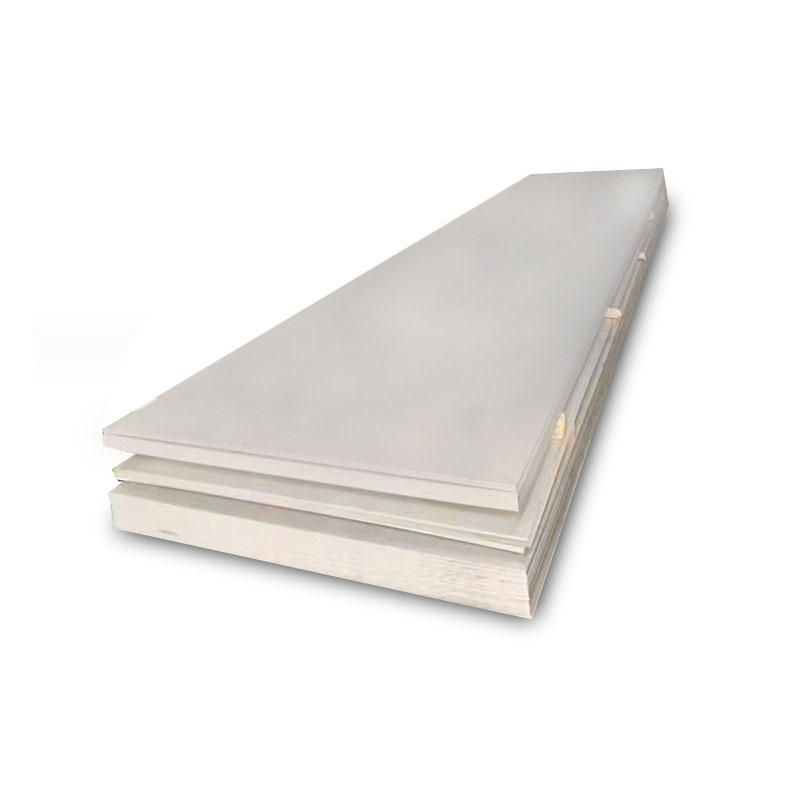Why Do Pores Appear on the Surface of 310S Stainless Steel Sheet?
Why Do Pores Appear on the Surface of 310S Stainless Steel Sheet?
There are several reasons for the formation of pores on the surface of 310S Stainless Steel Sheet. For example, if the base material has high carbon, sulfur, or silicon content, pores are likely to occur. The solution is either to replace the base material or to use electrodes with a low-hydrogen slag system. Pores can also easily form if the welding area is not clean. Therefore, it is required to remove oil stains, rust, and other contaminants from the welding area before welding. The use of low-hydrogen electrodes demands stricter controls. Additionally, excessive welding current can lead to surface pores, causing the coating on the rear part of the electrode to overheat and redden, which also promotes pore formation. Thus, it is essential to adopt appropriate welding parameters, with the welding current limited to prevent the electrode tail from reddening. Low-hydrogen electrodes are prone to moisture absorption, so they must be baked at 350°C for about 1 hour before use; otherwise, pores are likely to occur.
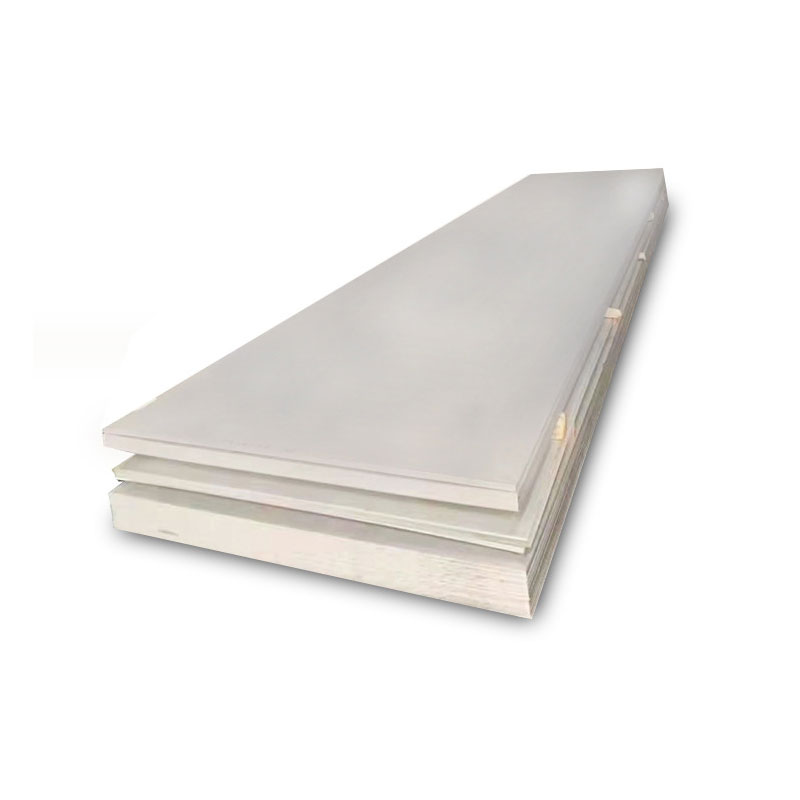
The 310S Stainless Steel Sheet exhibits excellent oxidation resistance and corrosion resistance, attributed to the high proportion of chromium and nickel in the steel. Furthermore, 310S possesses excellent creep strength, enabling it to operate continuously at high temperatures. Its service temperature can reach 1200°C. For the titanium-stabilized 316Ti grade, knife-line attack may easily occur in the heat-affected zone of welding, close to the fusion zone where carbon-nitrides re-dissolve in the solid stainless steel matrix. The 304 stainless steel series, developed based on 304 stainless steel, can operate continuously at temperatures up to 1150°C in terms of surface processing performance. The main applications of 310S Stainless Steel Sheet include manufacturing exhaust pipes, microwave ovens, high-temperature furnace linings, cremators, and other steel grades requiring heat resistance, as well as high-heat and high-temperature contact components.
Due to the strong physical characteristics of 310S Stainless Steel Sheet, such as toughness and thermal strength, corresponding adjustments are necessary during cutting and grinding processes to achieve optimal processing results and efficiency. In grinding, because the cutting edges of abrasive grains in the grinding wheel have a large negative rake angle, the grinding chips are not easily separated during the process, resulting in significant cutting resistance. The level of extrusion and friction during grinding is considerable. The grinding force per unit area is high, and the grinding temperature can reach 1000°C to 1500°C.
- What are the measurement methods for straightness of 316L stainless steel?
- Analysis of Causes for Internal Folding in 310S Stainless Steel
- What Are the Application Ranges of 304 Stainless Steel?
- Differences in Wall Thickness Tolerance Control Methods Between Stainless Steel Tube and Stainless Steel Seamless Tube
- What Problems Are Prone to Occur When Cutting 304 Stainless Steel Sheet?
- How to Deal with Decarburization of 304 Stainless Steel Sheet?






